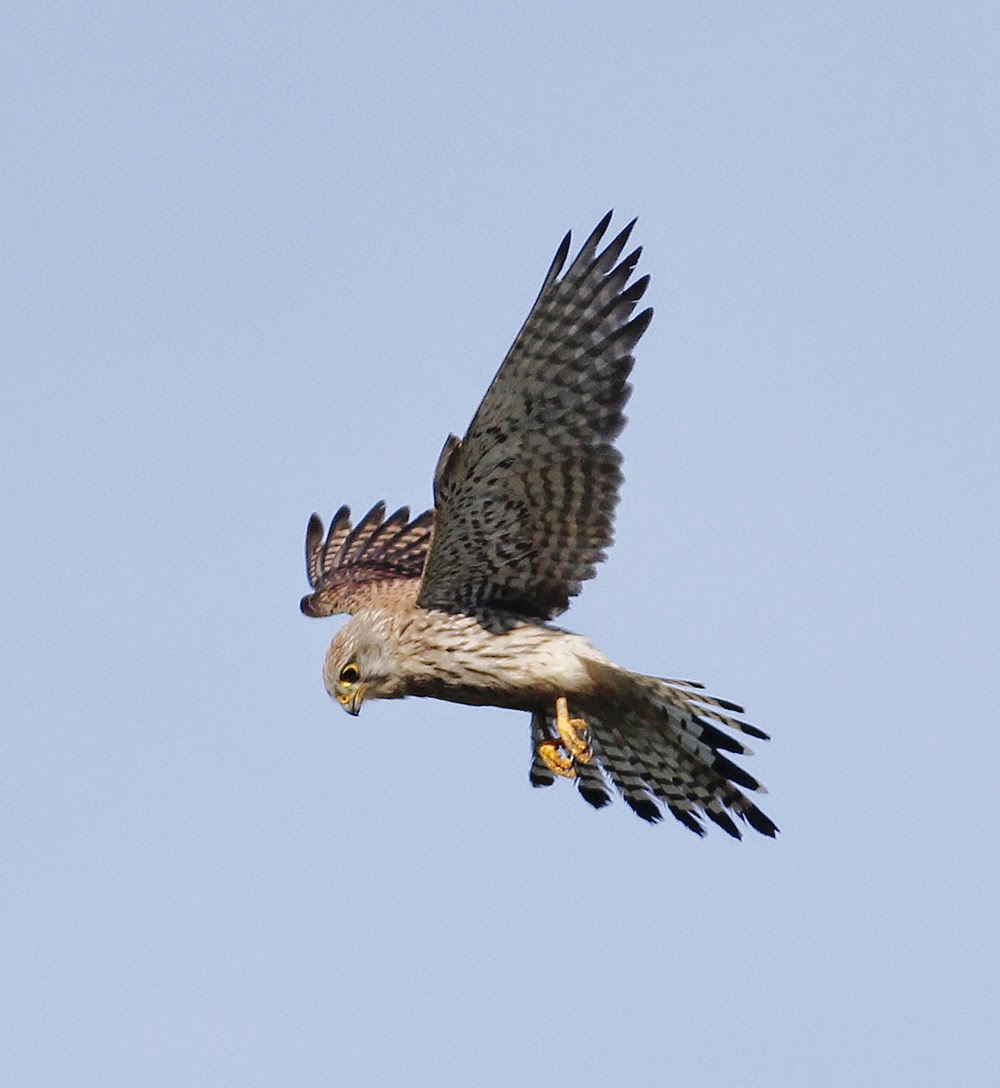Firstly, and following Thursday's Blog posting. A big “Thank You” to readers from all over the world who gave support to our UK Buzzards through their blog comments and/or via a direct message to Natural England's website.
By coincidence and within an hour or two of the blog posting Natural England had made their decision with the website updated as reproduced below.
“Decision on buzzard control licence application.
5 June 2014
On 23 April 2014 Natural England received an application for a licence to cage trap and shoot ten common buzzard (Buteo buteo) in the vicinity of a site which has experienced loss to pheasant poults in recent years.
The application had been made by the operator of a pheasant rearing and shooting business on the site and is supported by the National Gamekeepers’ Organisation. After careful consideration, Natural England has concluded that the application does not meet the criteria that would permit lethal control to be licensed.
ENDS”
So the rightful verdict was made in favour of Buzzards however the saga raises questions as to how and why deliberations and decisions made by a publicly funded body are conducted in secret without openness and transparency.
Make no mistake, the forces of evil will not give up and more applications to kill Buzzards and other raptors will inevitably follow. Destroying Buzzards or anything else they see as a threat is an easy way out for farmers and landowners too lazy or incompetent to find ways of protecting their young pheasants. In any case it’s time that as a nation we debated the practice of the captive breeding and release of millions of birds into the countryside to then kill for pleasure.
On to happier things and my birding to Conder Green and Fluke Hall this morning.
A couple of infrequent species for Conder Green began the morning in the way of 2 Great-spotted Woodpeckers in The Stork car park and 2 Stock Doves feeding in the road. The woodpeckers were a juvenile and an adult, the adult bringing food to the noisy youngster.
Also feeding young were Meadow Pipit and Reed Bunting with 2 Reed Warbler, 2 Sedge Warbler and 5 Whitethroat in song.
Meadow Pipit
I had a good count of Swifts this morning as more than 50 of them devoured the midge harvest above the hawthorn hedgerow. Swallows and martins were counted on one hand.
On and around the water, 10 Tufted Duck, 2 Grey Heron, 15 Redshank, 2 Shoveler, 17 Canada Goose, 14 Shelduck and 15 Oystercatcher, the latter including 3 chicks.
Canada Goose
There wasn’t much doing at Glasson Dock save for another heron, more Swifts, several Swallows and a number of Mallards with young. The water was very still, the sky very blue.
Mallards
Glasson Dock
There were seven more Grey Herons in the ditches near Fluke Hall which told me that their breeding season is probably over, early nesters as they are. And then Surprise, Surprise. At last I saw 2 Lapwing chicks on the wildfowler’s pools along with a nesting Moorhen, 15/20 Shelduck and a singing Corn Bunting. This seems to happen each year, the late appearance of a few Corn Buntings which coincides with the fast May and June growth of the silage crop.
Corn Bunting
In the vicinity of Fluke Hall itself, 2 Mistle Thrush, 2 Song Thrush, 2 Great-spotted Woodpeckers, 7 Whitethroat, 1 Blackcap.
Whitethroat
Along the lane a single Kestrel hunted for a while until the morning’s procession of cars filled with dogs began to spoil the Kestrel’s fun and my photo attempts.
Kestrel
Kestrel
Oh well, there’s always another day, another place for Another Bird Blog.
Linking today to Anni's Birding Blog and Eileen's Saturday Blog.
Linking today to Anni's Birding Blog and Eileen's Saturday Blog.


































































.jpg)












